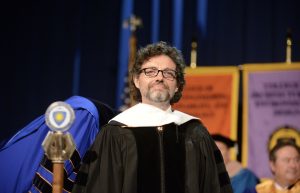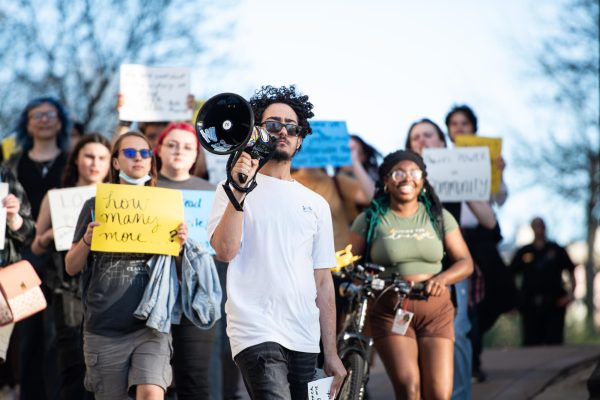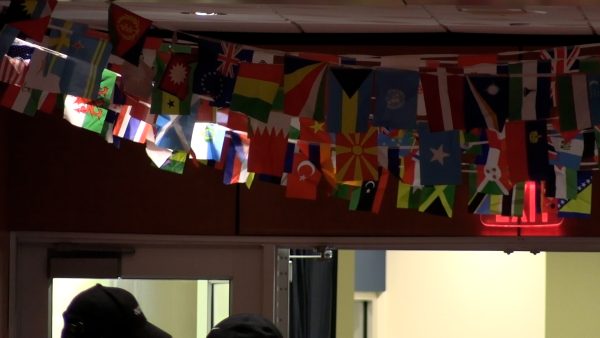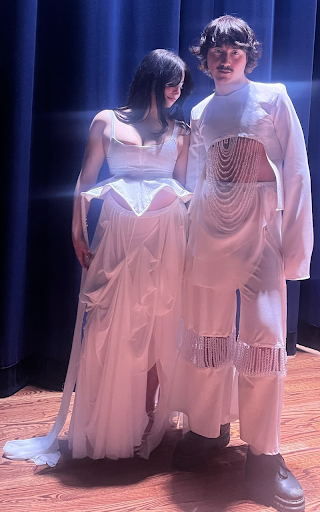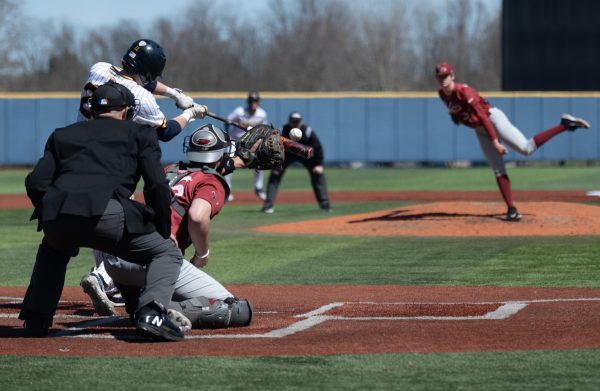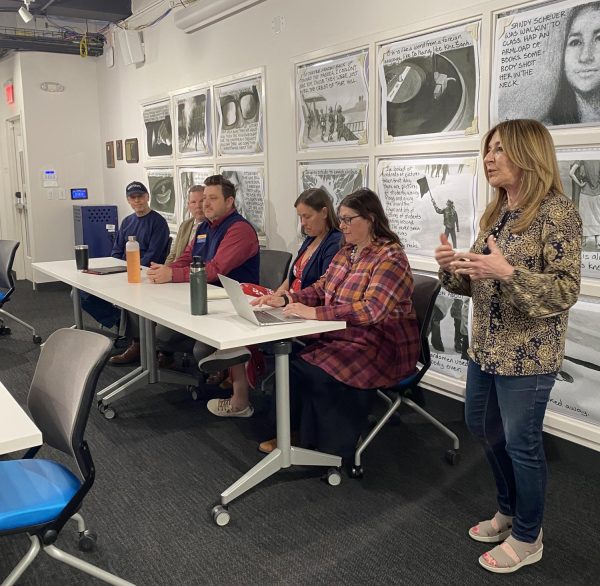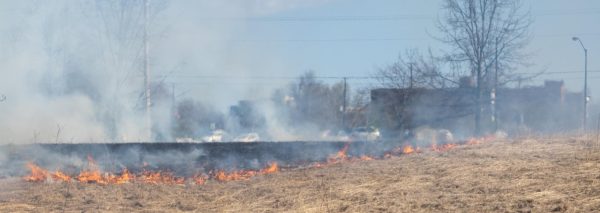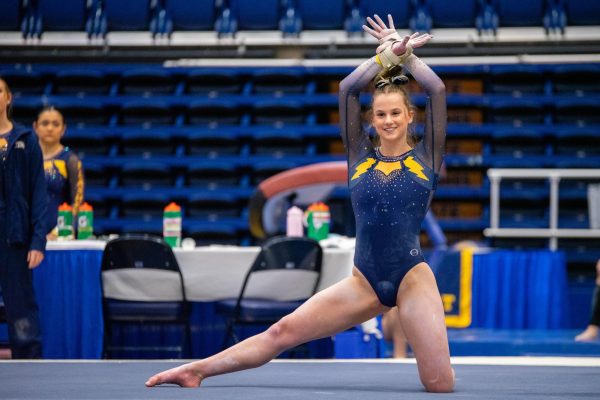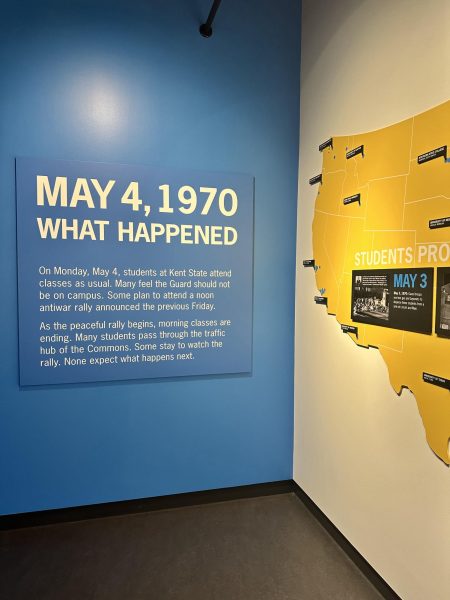Cartwright’s 15 years were full of new realities
April 12, 2006
Fifteen years ago, Mariah Carey’s self-titled album was one of Billboard’s chart-toppers, The Silence of the Lambs was a recent release and “Dallas” went off the air.
This was the year that President Carol Cartwright came to Kent State. Much like pop culture, the landscape of higher education has gone through some changes since 1991.
The first state budget cut for higher education was announced on the first day of Cartwright’s presidency. This financial belt-tightening has continued, said George Stevens, dean of the College of Business Administration. When he was a student at Kent State in the ’70s, the state funded about 60 percent of universities’ budgets. Now that figure is much less, he said.
Tuition has had to rise as budgets were cut, Stevens said. This means today’s students and parents pay for a larger share of higher education than they did in the past.
Cartwright said she thinks these changes in higher education go beyond the tangible. She said the entire landscape has changed dramatically in the last decade from a predominantly academic view of higher education to a more competitive, business-related approach.
“The culture of higher education that most people have grown up with and become accustomed to is, I don’t want to say diminished because aspects of that culture will always be present, but it is being changed and influenced by this much more entrepreneurial approach,” Cartwright said.
Higher education institutions need to adapt to this change while keeping true to the traditional approach to teaching, Cartwright said.
Cartwright said it is hard to make such changes in such a short time. She said she thinks it is easier for her to see because she is responsible for putting all the pieces together; most people look at a more focused area of higher education.
“Each person has to have that ‘ah-ha’ moment,” she said, when he or she realizes how higher education has changed in his or her area.
Marilyn Bokrass, outreach program manager in continuing studies, said she has noticed more of a focus on the non-traditional student, as Ohio’s population ages and its economy weakens. As older industries go by the wayside, there is a need for re-education.
“Higher education is trying to respond to learners of all ages,” Bokrass said.
The outreach program often works with non-traditional students, she said, and helps people returning to school, many of whom need flexible schedules. This is easier to achieve in today’s education environment with online classes and video conferences. Bokrass has been at Kent State for about 16 years.
These changes in higher education aren’t easily fixed by constructing new buildings or recruiting new students, Cartwright said.
“It is a set of new realities,” she said.
Contact administration reporter Rachel Abbey at [email protected].









